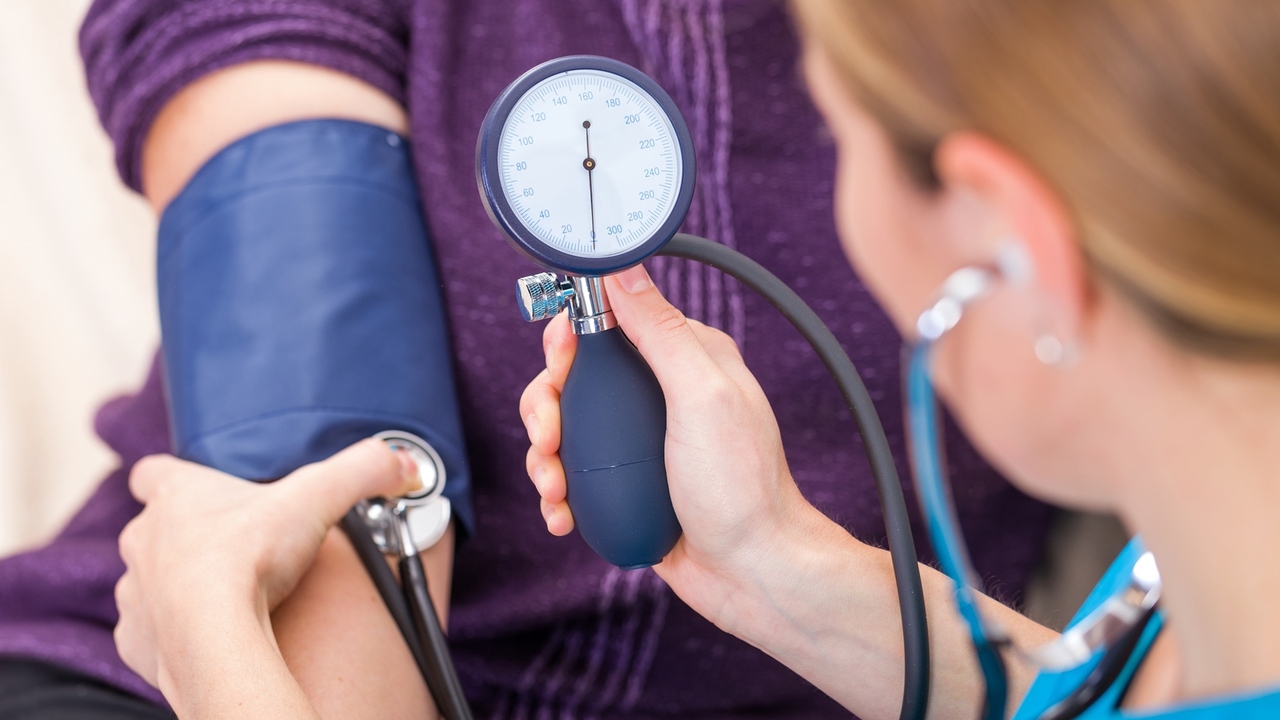 Photo: Getty Images
Photo: Getty Images
I’m a full-time freelance writer and while I write for many people on a wide variety of topics, the work that I do here for Empowher is perhaps the most rewarding because it has the power to change -- and sometimes save -- lives.
This week, research and reality coincided in a very real way that brought home the power of cardiopulmonary resuscitation, or CPR, and a well-trained 9-1-1 dispatcher to save lives.
My daughter’s roommate is a 36-year old male. Earlier this week, he came home from work and didn’t feel well. He went to the store, purchased a common over-the-counter antacid and came home and took it. What happened next was frightening to say the least.
According to my daughter, he looked at her and told her to get the kids up because she needed to take him to the hospital. Before she could react, his next words were, "Wait -- Call 9-1-1," and then he simply collapsed in the floor.
The 9-1-1 operators were outstanding and walked her through the CPR process while they waited for the emergency personnel to arrive. The quick actions of the 9-1-1 operator in correctly assessing the situation, and then instructing her how to apply CPR in a stressful situation, saved a life.
According to a new scientific statement issued by the American Heart Association, or AHA, in Circulation: Journal of the American Heart Association, the 9-1-1 dispatchers can improve the survival rates for cardiac arrest victims by doing exactly what the dispatcher did above.
The 9-1-1 dispatcher followed AHA resuscitation guidelines by correctly assessing the situation, and then helping my daughter -- the bystander -- perform CPR immediately until help arrived.
By helping bystanders perform CPR immediately rather than waiting until EMS arrives, the AHA believes that the lives of more victims can be saved. This certainly proved to be true in the case of my daughter’s roommate.
According to the lead author of AHA’s new scientific statement, E. Brooke Lerner, PhD, of the new scientific statement, “It isn’t as common as you think, that you call 9-1-1 and they tell you what to do.” (AHA 1)
Because the application of immediate CPR by bystanders in the Chain of Survival for cardiac victims has been considered weak in the past, the AHA has identified this as an area for improvement for 9-1-1 dispatchers.
To improve survivability from cardiac-related events, the AHA recommends EMS and 9-1-1 dispatchers be trained to assess the situation to determine if a cardiac event has occurred. If so, 9-1-1 dispatchers need to be able to “confidently” provide instruction to the caller on how to do CPR.
The AHA also recommends that communities put performance measures in place to determine how long it takes from the time of the call until CPR begins. Finally, these performance measures should be included as a part of any EMS quality assurance program.
According to the AHA, there are approximately 380,000 cases each year of sudden cardiac arrest outside of the hospital which are handled by EMS. Of these, only 11 percent survive.
This is due in part to the lack of immediate CPR or other life support interventions. It’s believed that the survivability rates can be doubled by improving the Chain of Survival and helping bystanders conduct CPR immediately.
In the case of my daughter and her roommate, she had strong, well-trained support from the 9-1-1 dispatcher and the result was a life saved.
If you don’t know how your local EMS department measures up, encourage them to explore and implement the new AHA recommended resuscitation guidelines as a performance and quality measurement for your community EMS.
The life saved just might be someone you know.
Sources:
9-1-1 dispatchers can save more lives by coaching bystanders in CPR. 09 Jan 2012. American Heart Association.
http://newsroom.heart.org/pr/aha/9-1-1-dispatchers-can-save-more-221449.aspx
Bystander CPR instructions for emergency medical dispatchers. American Heart Association. 2012. http://www.heart.org/HEARTORG/CPRAndECC/Science/ScientificStatements/Emergency-Medical-Dispatcher-CPR-Instructions_UCM_434123_SubHomePage.jsp
9-1-1 Dispatchers Can Save More Lives by Coaching Bystanders in CPR
ScienceDaily. Retrieved Jan. 15, 2012. http://www.sciencedaily.com/releases/2012/01/120109211829.htm
Reviewed January 16, 2012
by Michele Blacksberg RN
Edited by Jody Smith






Add a CommentComments
There are no comments yet. Be the first one and get the conversation started!